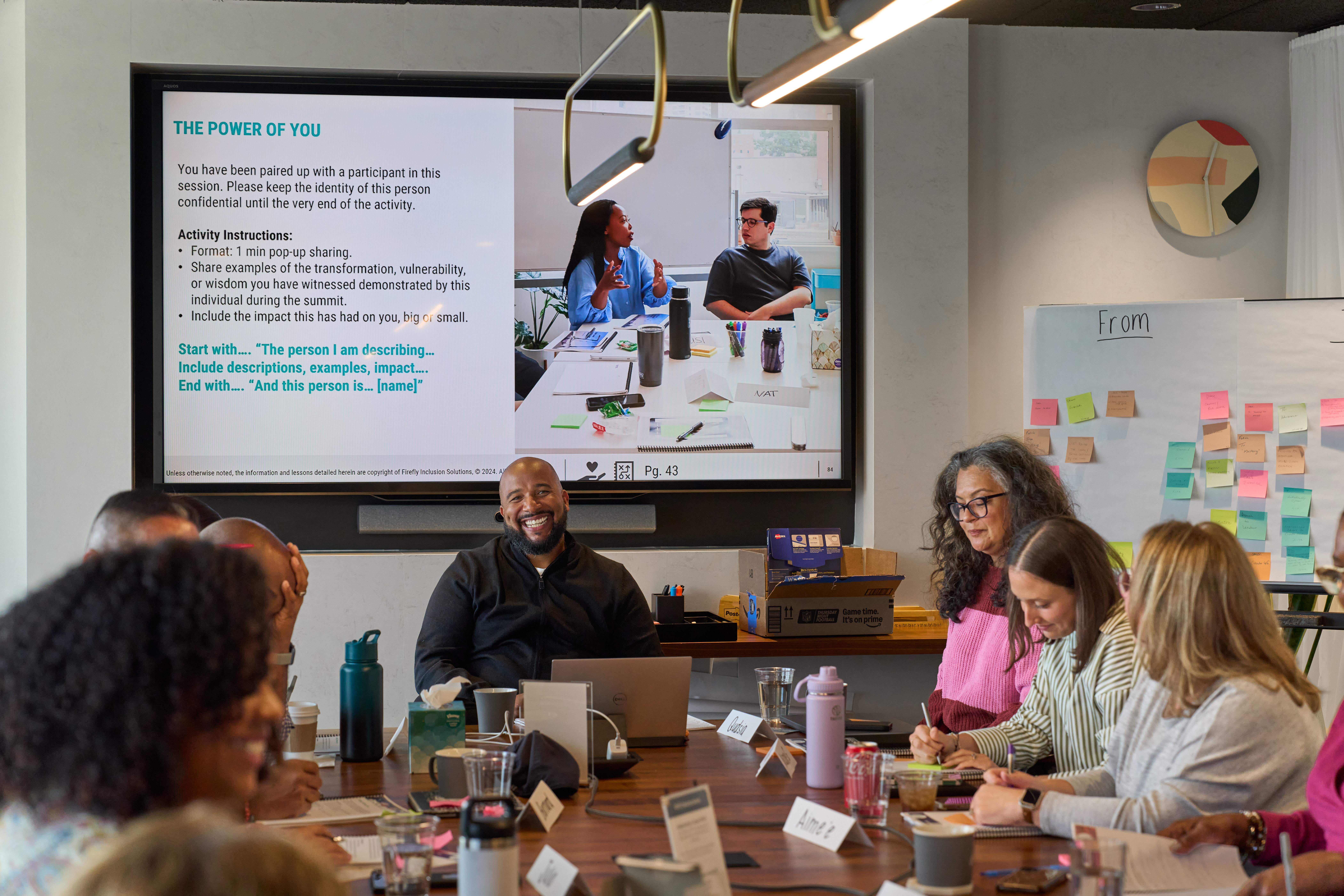The end of May marked the close of Mental Health Awareness month in the United States. An article in the Wall Street Journal shared some sobering facts regarding the mental health of the American worker. Globally, similar statistics and trends have been published from other countries as well and one thing is clear: we are not okay!
Since the pandemic, our social connection has deteriorated at alarming speeds. Despite having more ways of communicating, the quality of our interactions has declined. As most companies allow remote work or encourage a hybrid schedule, many workers report feeling a lack of belonging or sense of emptiness. In 2023, the U.S. Surgeon General declared a loneliness health epidemic, for both in-person and remote workers.
A recent survey of countries in the European Union revealed that nearly forty percent of workers rated themselves as being at high risk for poor mental health. Prior to the pandemic, roughly one in six individuals in the EU were dealing with mental health issues such as anxiety and depression, the numbers have only increased since. As with most issues of inclusion, across the board, women seem to be impacted even more than men with higher numbers of women reporting concern over their mental state.
Mental health, belonging and community is a part of DEI that gets overlooked in the squabbles and villainization of the work of inclusion. The need for improved mental health is a very real business need, as research reveals that workers find it a lot easier to leave organizations where they feel no emotional investment or connection. Beyond the emotional toll, unhappiness at work is expensive. According to a recent Gallup survey, unhappy workers cost employers $1.9 trillion dollars last year. In a similar wellbeing and inequity survey, global unhappiness is on the rise. Fifteen years of tracking reveals that the number of people living their best lives has more than doubled, while the number of people reporting living their worst lives has more than quadrupled. When people lack a sense of belonging, it results in disengagement, lower productivity and leaving—all things that impact our bottom line.
Companies have a responsibility to invest in the mental health of their workers, with the same commitment they do to their physical safety and well-being. Here are some of the common challenges and potential solutions:
Make space for face-to-face connections.
For many, Zoom or other meeting platforms have become the preferred means of communication and running meetings. While the convenience allows for more productivity, it doesn’t present as much opportunity for personal connection and conversations that lead to friendships. Set a goal for having in-person conversations at least once a week, if possible. Being physically together in the same space carries benefits that virtual meetings do not provide.
Ring less bells and blow less whistles
Be more conscious of the technology being used in your online meetings. While certain features may provide recaps that are useful, they also put us on guard and make us more cautious about what we say and share. Knowing that our words or sentiments are being captured can make us less willing to be vulnerable and share from the heart. Figure out ways to create balance, so that meeting ideas get captured but not at the expense of building team connection.
Create breathing room
The walk to the water cooler and standing around for a brief chat has been replaced by five minute bio breaks in between meetings. The truth is, we haven’t learned how to pace ourselves and are burning out with online meetings. Create some guardrails and boundaries around meetings. Consider limiting the amount of calls you will take per day.
Know the signs and develop a rhythm
For leaders in particular, develop time for connection in your team’s rhythm. While everyone is eager and ready to get to the tasks, make room in each meeting for an icebreaker or schedule calls strictly for connection. Pay attention to any changes in behavior and engagement that you recognize and be curious about them. Everyone has things going on in their lives and sometimes the changes are normal and related to life events. However, if distancing cannot be tied to any specific event or challenge, it may be a sign that someone is in trouble.
Barclays serves as an example of a company that is working to take the stigma out of mental health challenges for its employees. Through their This Is Me campaign, employees are invited to share their mental health and accessibility struggles with colleagues. The campaign began over in 2013 and since then, employees have become more vocal about sharing their stories and anxieties. In addition to providing the platform for sharing their experience, they offer premier mental health services to employees to help ensure feelings of safety and transparency.
Paragraph



